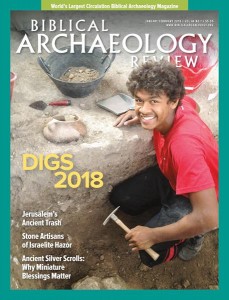Archaeological Views: Performing Psalms in Biblical Times

The Bible does not tell us much about how psalms were originally performed. Archaeology and extra-Biblical texts, however, can shed some light on the music and dance that accompanied psalms in Biblical times.
When the Book of Psalms was compiled, disparate pieces of information got integrated into the psalms’ superscripts or subscripts. These contain rubrics—comments and directions introducing or following a psalm. In these notes, ancient scribes indicated the genre and alleged authorship of individual psalms and their association with King David; they also provided instructions on how to perform the psalms.
Every Bible reader recognizes sentences such as “To the leader: with stringed instruments. A psalm of David” (Psalm 4:1). Similar verses are usually not read aloud—and rightly so, because they are not part of the hymn. Rather, they are remarks of the editors. As such, they are commonly printed as headings, or superscripts, introducing individual psalms—but this arrangement is by no means certain. In antiquity, subscripts were much more common than superscripts. When read as subscripts, these “headings” suddenly make more sense.
Already a library member? Log in here.
Institution user? Log in with your IP address.

